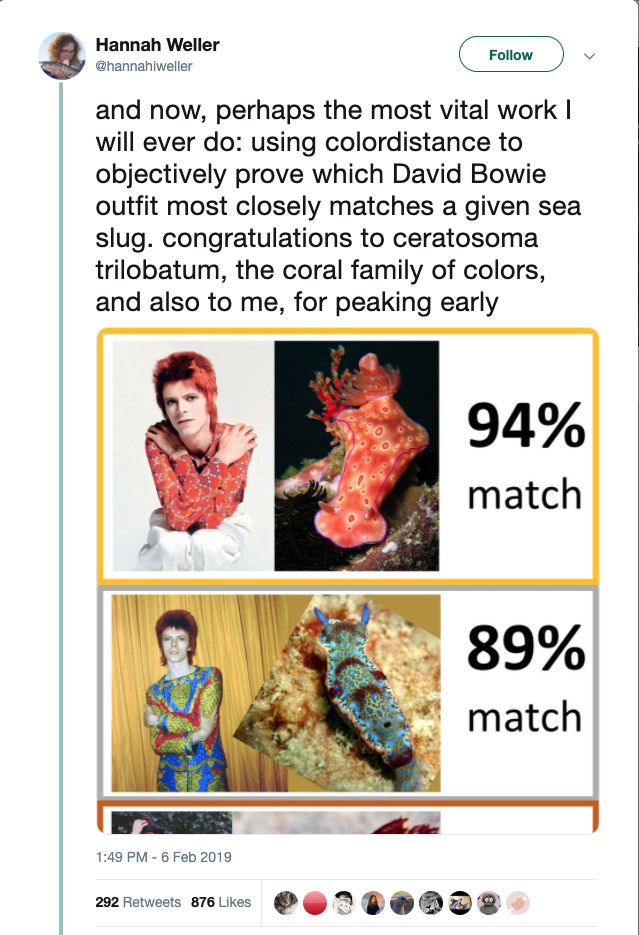I like jelly fish, and I am not ashamed!
They are a beautiful feature of many aquariums here on the West Coast of the USA, and so this isn’t surprising. You can often find children AND adults staring, mesmerized by the peaceful movement of jellyfish in a tank with a vivid background, pretty lighting, and a slight current to keep the jellies swimming. [soft sigh here]
But I hadn’t heard of a “comb jelly,” until this article appeared in the UK Guardian: Warty comb jelly, scourge of fisheries, also eats its young. (Note to self: don’t call your comb jelly mother on mother’s day – it could lead to trouble!)
So that led to this Wikipedia article:
Ctenophora (; singular ctenophore, or ; from Ancient Greek: κτείς, kteis, ‘comb’ and φέρω, pherō, ‘to carry’; commonly known as comb jellies) comprise a phylum of invertebrate animals that live in marine waters worldwide. They are notable for the groups of cilia they use for swimming (commonly referred to as “combs”), and they are the largest animals to swim with the help of cilia.
So I learned that Ctenophora are different from cnidarians (jellyfish, among others), and somehow, wound up reading about salps, which are also not jellyfish (I swear, my search was not, “not jellyfish,”), and which also look really awkward to swim into when they form long, slippery, transparent chains. The photos are wild:
A salp (plural salps) or salpa (plural salpae or salpas) is a barrel-shaped, planktic tunicate. It moves by contracting, thus pumping water through its gelatinous body, one of the most efficient examples of jet propulsion in the animal kingdom. The salp strains the pumped water through its internal feeding filters, feeding on phytoplankton.
I still like my local jellyfish (which I understand a little better), but knowing that there are salps further north along our coast, and that they are carbon-fixing, means I’ll keep an eye out for information about them on future marine biology research tagents.




